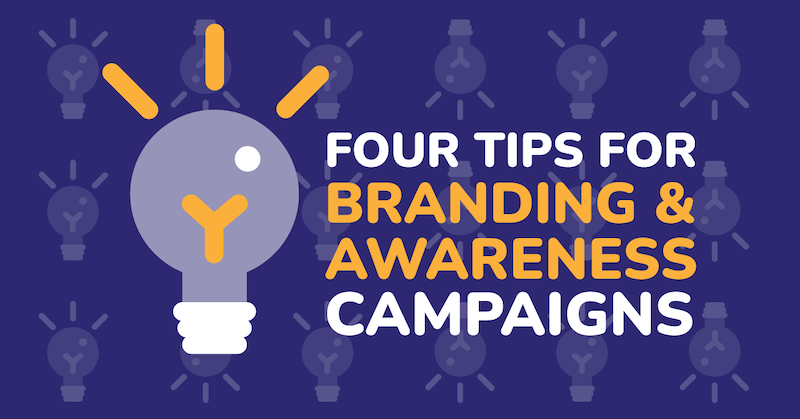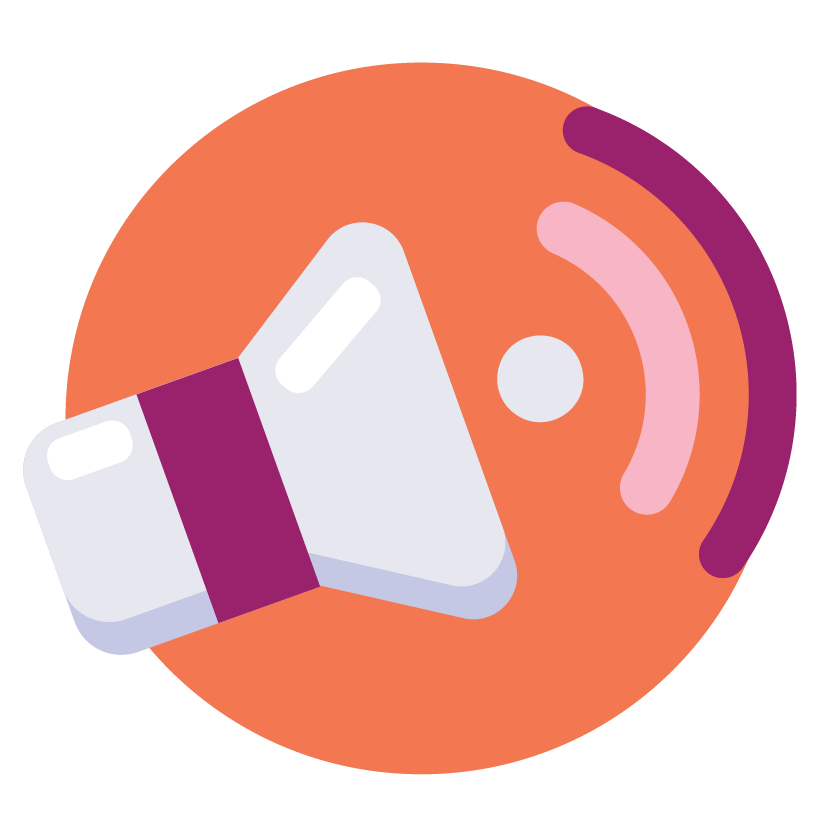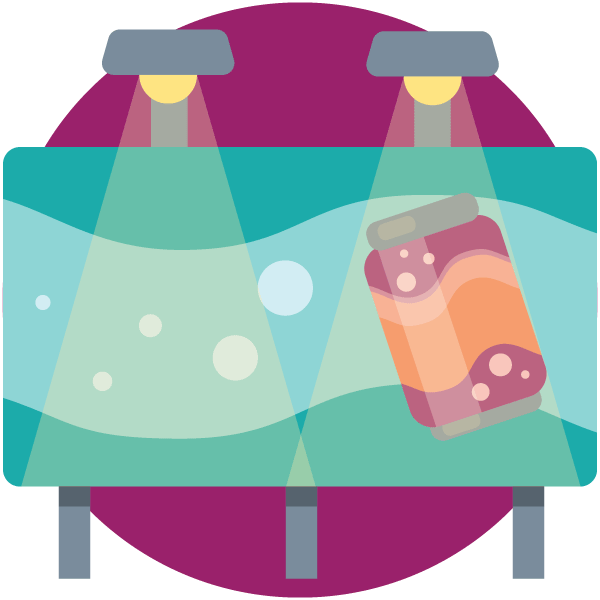Tips for branding and awareness campaigns

Whether you’re a well-established brand with a long history or the new brand on the block, you need to incorporate branding and awareness into your advertising. We gave the details on why here. But it’s one thing to know you need to try branding and awareness – it’s another to know how to do it. In this article, we’ll give you four tips and tricks you need to get started building a branding and awareness campaign.
1. Know your audience
Of course you want to spread your name far and wide. But it won’t do you much good to get your brand in front of lots of people who aren’t part of your target market. So do your research! Who exactly are you trying to target? Who would enjoy your product? Once you have an idea of who they are, you’ll be better able to find them where they spend time online and target them there. No point advertising your business course on Instagram if your target audience lives on LinkedIn.
This is as true for traditional campaigns as it is for digital. If you’re trying to target Spanish speakers, make sure you don’t buy a billboard in a heavily English-speaking area. You or your agency must do demographic research so you can ensure you’re not wasting your advertising dollars on a campaign that will be seen by the wrong people, just because the ad buy is cheap. Get your name out there but be smart about it.
This is where something like a buyer persona can really come in handy. Taking the time to craft a buyer persona will help you and your agency discover who your audience is. You will need to strike a balance. At this stage, you want to cast a wide net, but you still want to make sure you’re in the right ocean. The right agency will be able to help you with this process. You’ll learn a great deal over the course of any branding and awareness campaign. This will help you refine your targeting even further.

2. Develop your voice
If you’re going to spend money on getting your branding out there, make sure you first take the time to consider what that branding will look and feel like. A logo is a good start. But ideally, you should have a strong idea of your brand’s colors, values, messaging, and overall voice. It’s a good idea to have a brand style guide you can refer to. Having a style guide to rely on will not only help you remain consistent, but it will also help your audience remember you.
Are you a painting company that has been around for 70 years and relies on your history and experience in your advertising, using traditional fonts and colors? Or are you a young startup painting company that hires college students, uses bright colors, and jokes around with your audience on social media? Both could be completely valid, and importantly, they’d never get confused for each other. That’s the power of discovering your company’s voice – just make sure you think it through.
And speaking of joking around with your audience – if you’re advertising on social media, make sure you don’t just drop your ads and forget about them. Interacting with your audience can be a powerful tool in building brand awareness. A humorous tone certainly isn’t right for every company. But taking the time to respond to questions on social media can go a long way toward building trust. Any company can drop ads on Facebook. Not every company would go the extra mile and make sure their audience’s questions get answered.

3. Consider out-of-home advertising
Billboards have been around forever for a reason – they’re tried and true and great at generating awareness. They’re on 24/7, they’re huge, and they get seen. Even a simple design that mostly features your logo and color scheme will go a long way in getting people familiar with who you are. This is the first step in the know, like, trust model we discussed previously.
In this age of endless scrolling, something like a billboard can break through the noise. The advertising “rule of seven” states that a customer needs to encounter your brand seven times on average before they make a purchase. OOH can be a key step. One study found that brands who used OOH to build brand awareness saw their trust ratings increase by 26%. That same study saw their customer loyalty ratings increase by a massive 275%. If you’re looking to get your name out there, billboards (or other unique OOH ad types) could be just the thing you need.

4. Figure out what success means to you
The goal of branding and awareness campaigns is to get your name and brand out there, of course. But how do you measure “awareness”? You’ll want to make sure you have defined some more specific key performance indicators to measure your success in advance. Here are some potential KPIs:
- Social media likes/follows
- Email list signups
- Website visits
You’ll notice that sales/conversions aren’t listed here. There’s a simple reason for that: conversions are great, but they’re not the ultimate goal of a branding and awareness campaign. We know – you live and breathe leads! But don’t get so focused on hot leads that you forget that they’ll eventually run out. And once they do, you’ll need an audience that has already been warmed up by your branding campaigns to take their place.
Don’t make the mistake of thinking that branding and awareness are just for new brands. We always recommend you keep a steady stream of ads running that are designed to increase awareness of your brand. This will ensure that you’ll never be in a place where you run out of leads.


